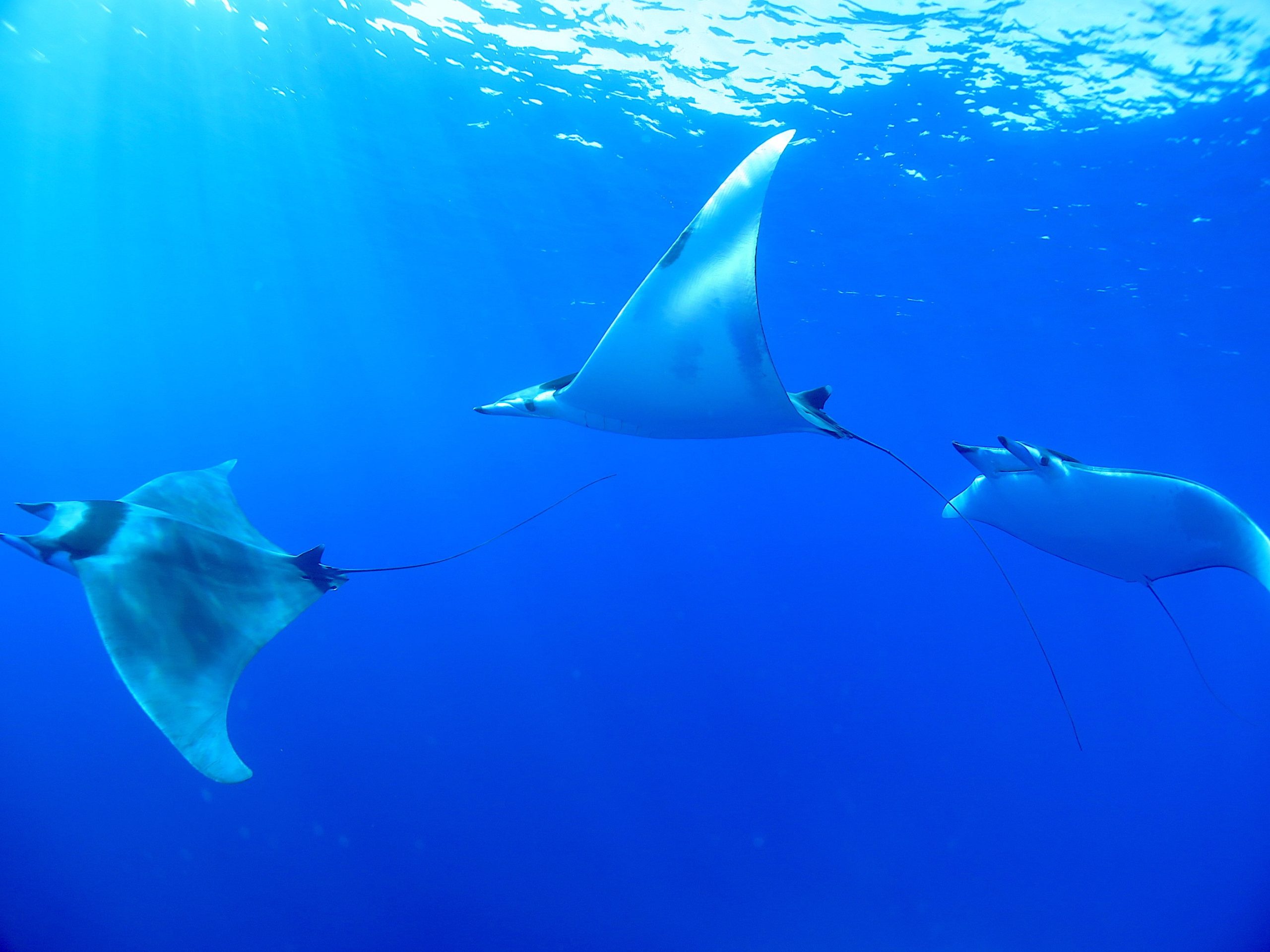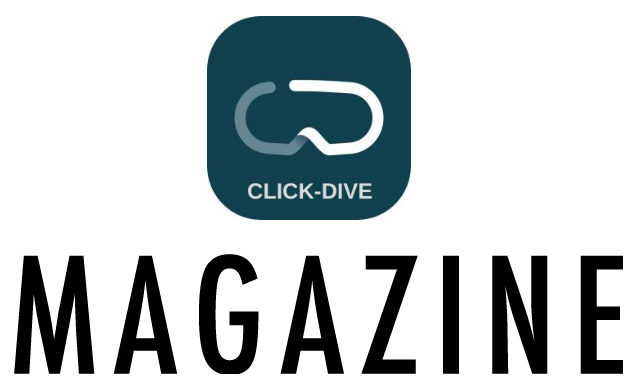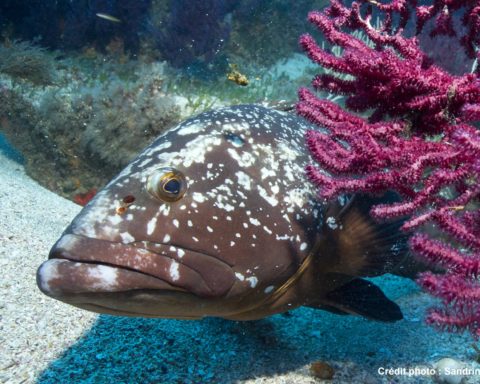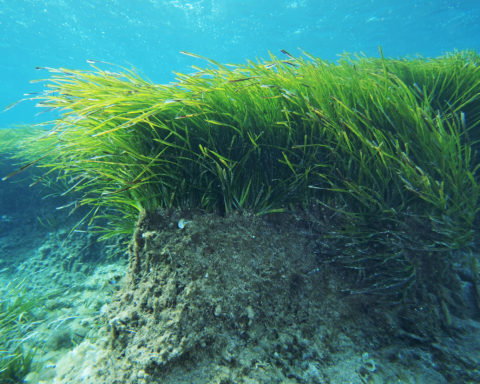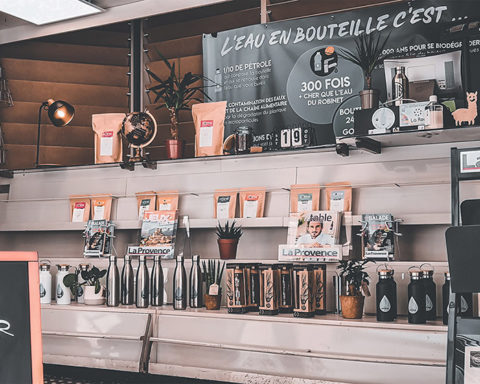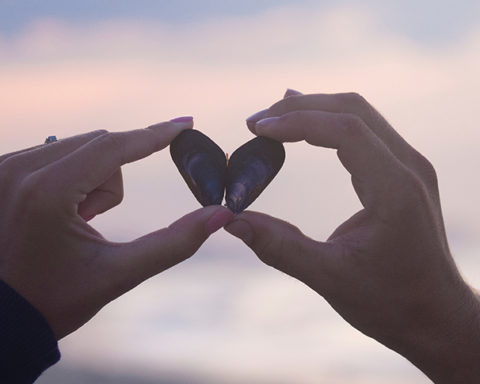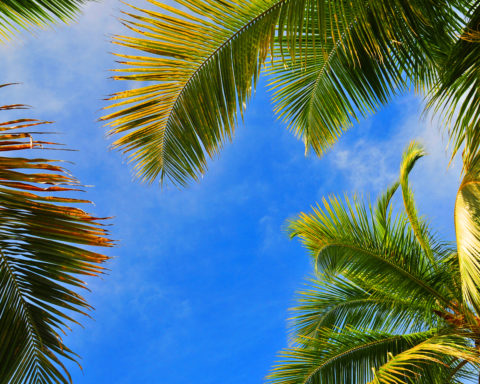From June to December 2020, we supported in two formats, the Ailerons association. The first, and which made it possible to launch the partnership, was the scientific expedition they led off Corsica. The goal of this week-long trip? Observe, understand, and place tags on Mobula mobula rays. Obviously, within the Click-Dive team, when Benoit Verdeille, one of the members of Ailerons, contacted us, we immediately agreed to provide them with eco-friendly soaps and sunscreens from our brand LE SAVON DES PLONGEURS. .
Then, we decided to support them for 6 months, by giving them 1% of our turnover.
Meeting with Matthieu Lapinski, president of the Ailerons Association and ecological engineer.
Hello and thank you for agreeing to answer our questions. Could you please introduce yourself to our readers.
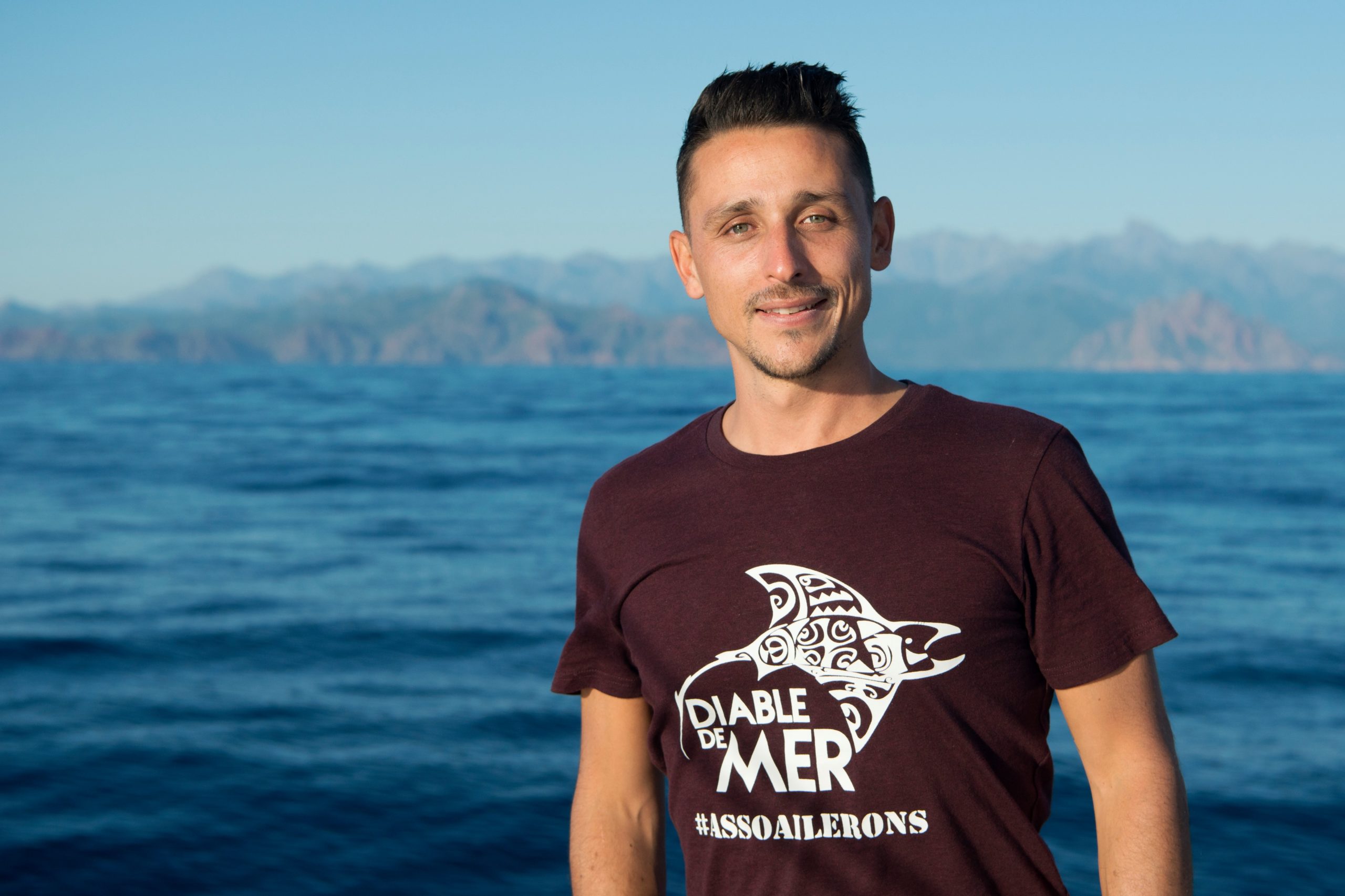
What is your current project? What are your vision and your values?
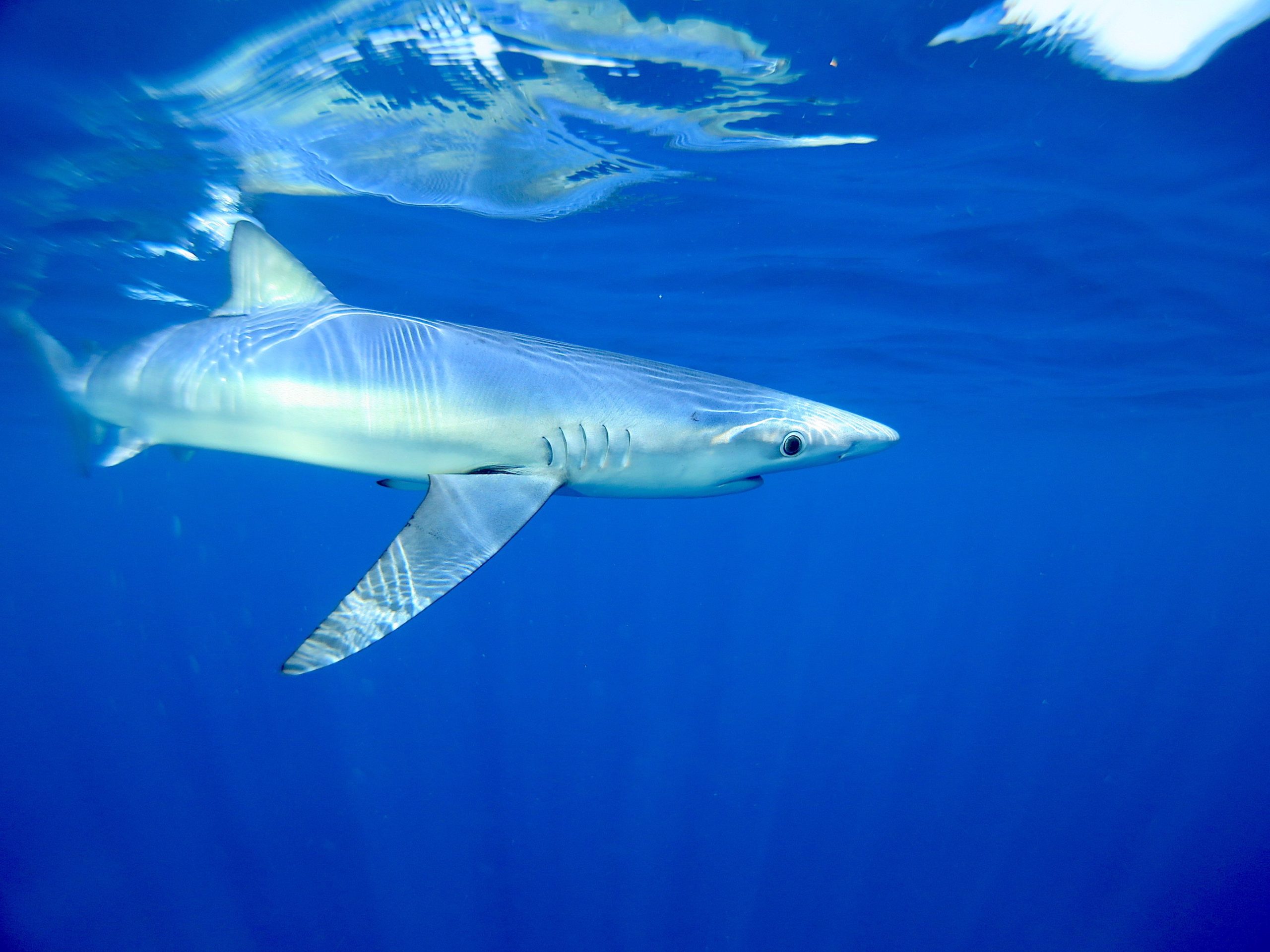
From which statement did you leave? How did you come up with the idea?
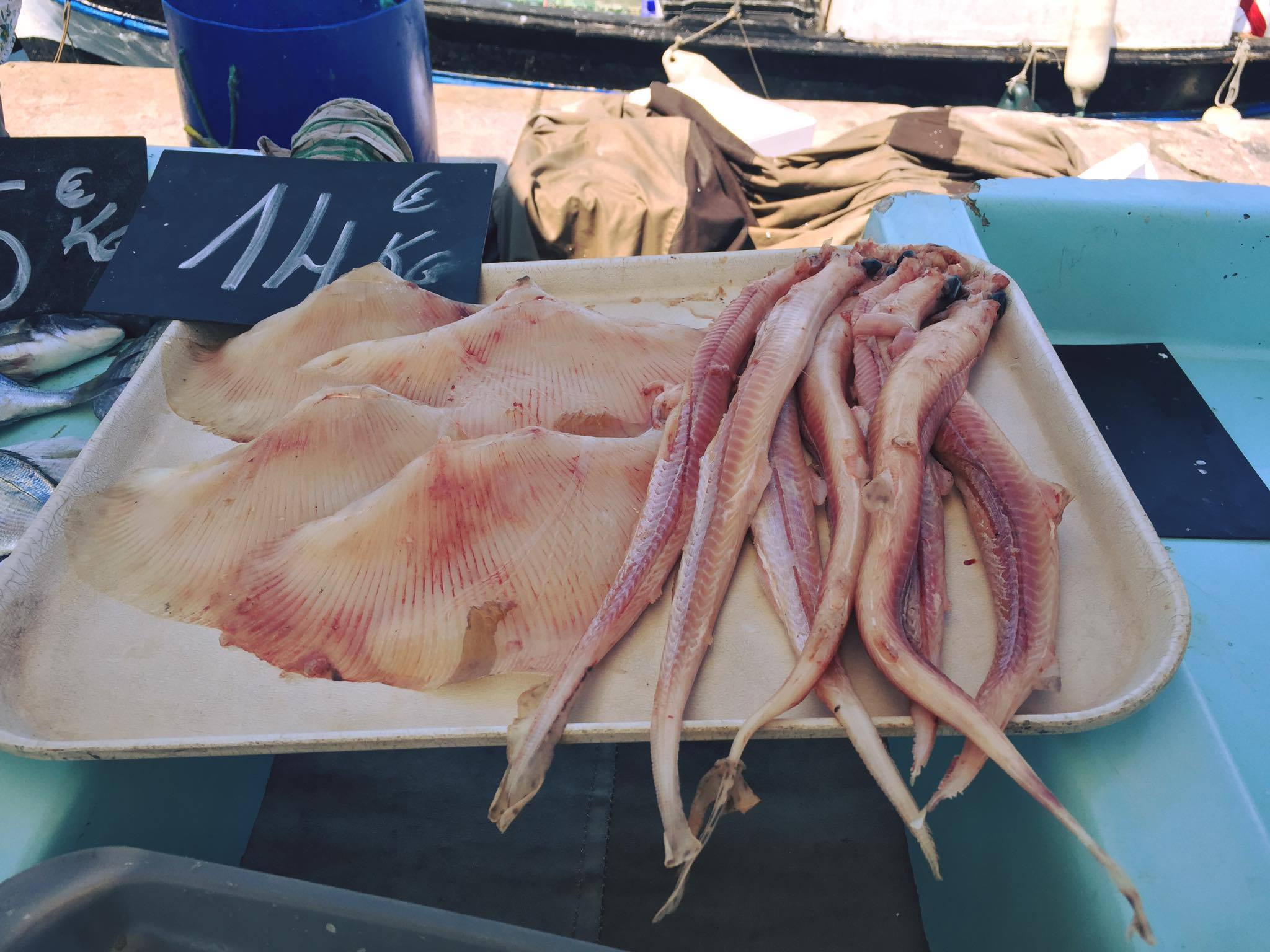
How far along is this project?
What are the first results, the first returns, the first successes?
Can we see concretely what it looks like? How can we access what you offer? What are the prospects?
What expert advice would you have to share with the Click-Dive community?
Thanks again for this interview, a word for the end?
